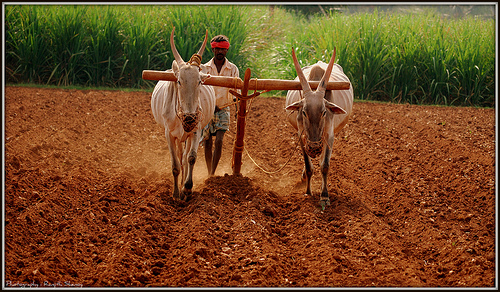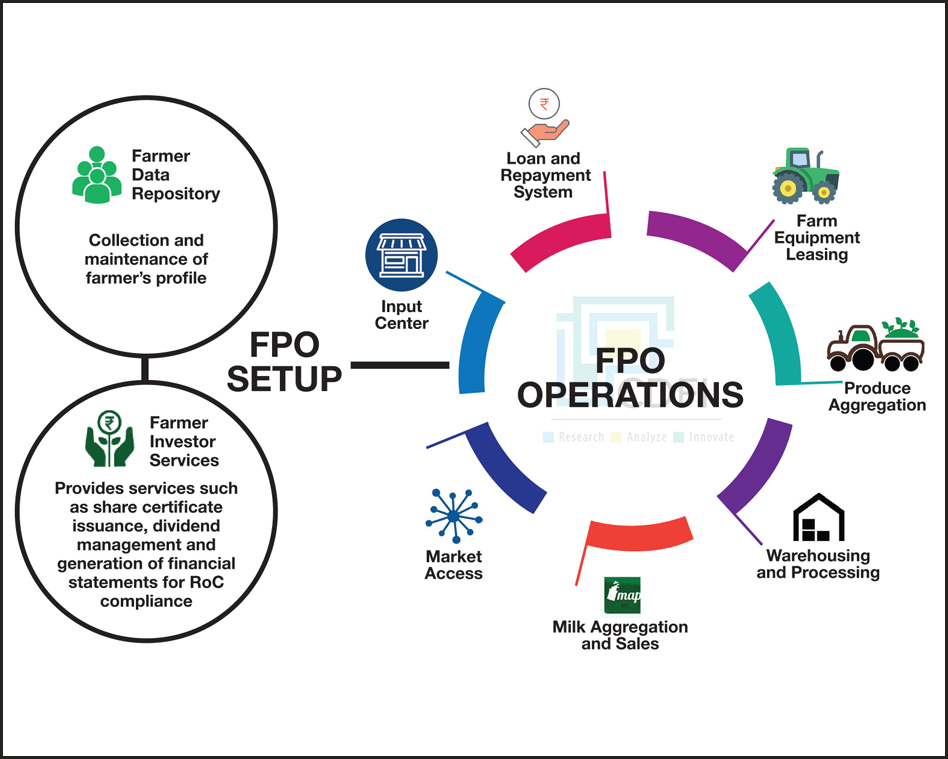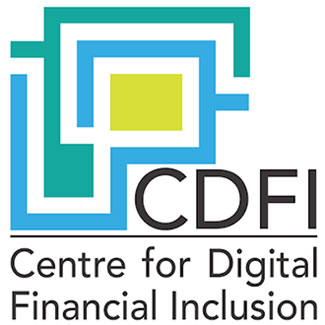
Oct 12 2016
Redesigning Products in PMJDY
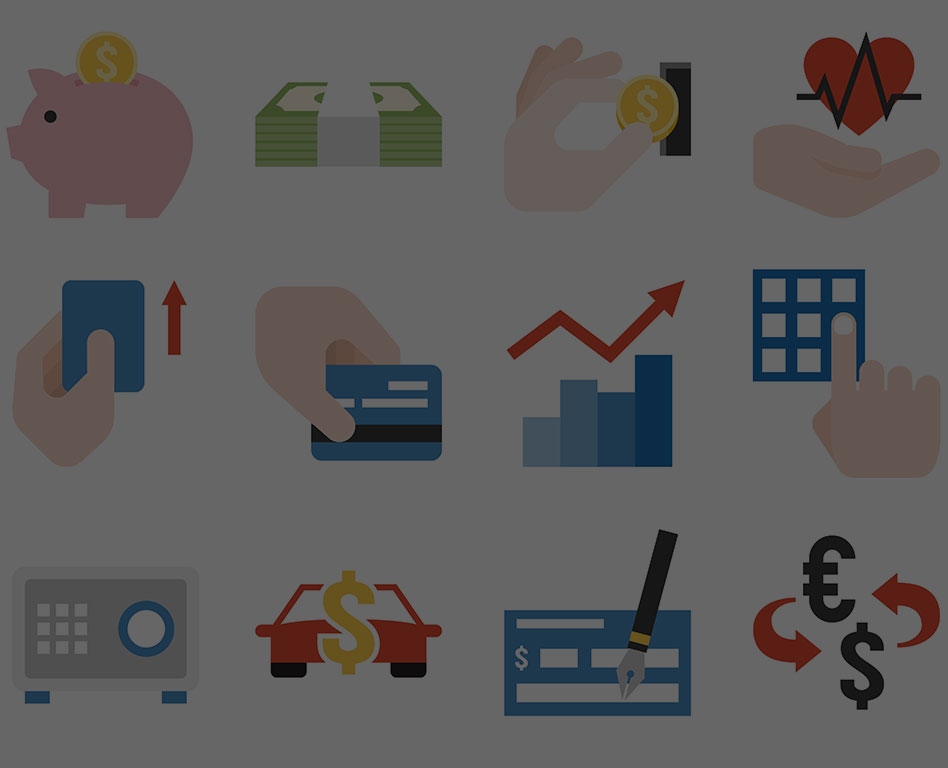
Financial inclusion, which involves providing access to the formal financial sector for sections of society that have been deprived of formal financial channels, has been a priority for the government and the Reserve Bank of India for several decades. This is in line with current priorities at a global level, with policymakers at various levels are undertaking a wide range of measures to include the excluded or the under-served within the fold of formal finance. Accordingly, the Government of India and the Reserve Bank have undertaken a host of innovative and dedicated measures to drive forward the financial inclusion agenda. The big push towards financial inclusion in India has emanated from the Pradhan Mantri Jan Dhan Yojana (PMJDY) in August 2014 and the Jan Dhan Aadhaar mobile (JAM) trinity as articulated in the Government’s Economic Survey 2014-15 as well as the special thrust on financial inclusion by the Financial Stability and Development Council (FSDC) that includes a technical group for dedicated attention to this issue. Thus, the inclusion drive has gone beyond the confines of various financial regulators and has assumed the character of a broader national development policy goal.
The Pradhan Mantri Jan Dhan Yojana was announced on the occasion of India’s 68th Independence Day in 2014. The account opening phase of the scheme saw unprecedented success and has become the largest exercise in financial inclusion ever attempted- with 262 million accounts and 207 million debit cards having being activated as of 28 December, 2016 1. The major drawback of PMJDY is its percentage of zero balance accounts which is still 24.3% even after remonetisation. There have been many efforts to reduce the number of zero balance accounts including the offer of ? 1 lakh accidental insurance and Atal Pension Yojana etc., and some very infamous examples like the ?1 trick used by some bank officials2 .
As of the Planning Commission 2014 report on poverty3 , the poverty ratio at all India level for 2011-12 comes to 29.5%. Daily per capita consumption expenditure of ?26.4 in rural and ?46.83 in urban areas is treated as poverty line at the all India level. Imagine, how many people under the poverty line can save any money for themselves? In Centre for Digital Financial Inclusion’s (CDFI’s) effort to study the behaviour of PMJDY account holders, it was found that the average debt of people is three fold of what they save (if any). Inconvenience and problems, such as travelling long distances to make transaction, paperwork and processes posed by banks makes it difficult for the poor to engage with their account whereas informal sources are more flexible and convenient whenever people need money. Though most of the poor in our country live in a cycle of debt, paying informal money lenders at interest rate as high as 10% per month, surprisingly, individuals show great discipline in paying off such debts.
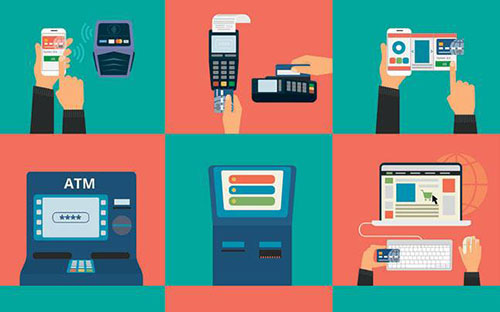
Most of the poor people we are talking about are PMJDY account holders who have opened bank accounts because of PMJDY’s promotion as one that requires zero balance for account opening, and additional features of insurance claims, loans and government benefits. Such straightforward offers to a population accustomed to unconstrained government pay-outs means they have expectations of getting unconditional benefits. This factor has acted as an impediment to the subsequent ‘engagement’ phase of the scheme.
The true ambition of PMJDY will be achieved only if it is able to make its customers actively engage with its products. PMJDY initially offered free ?100,000 accidental insurance facility and life insurance of ?30,000 to the first time subscribers of bank account 4. As of now the products PMJDY offers are the ?5000 Overdraft, Suraksha Bima Yojna, Jeevan Jyoti Yojna etc. The condition needed for ?5,000 Overdraft is the ‘satisfactory conduct’ of the account for 6 months. This concept of ‘satisfactory conduct’ is not well-defined and is subject to the understanding of each individual bank. The other products of PMJDY also demand long-term commitment from customers. Long term products are irrelevant for the poor who only live on a hand-to-mouth daily model. Traditional approaches of offering the same products that the rich use at a lower cost to the hitherto unbanked is sub-optimal from the perspective of financial inclusion.
It is encouraging that most of these changes that we need to make the PMJDY program more effective do not require large investments of reinventing products or creating new channels. It is all about aligning existing structures with the goals, aspirations and anxieties of the poor and design products that can help them fulfil these needs.
http://pmjdy.gov.in
http://indianexpress.com/article/india/india-news-india/jan-dhan-yojana-zero-balance-account-investigation-opposition-want-answers-inquiry-3029927/
http://planningcommission.nic.in/reports/genrep/pov_rep0707.pdf
http://pmjdy.gov.in/files/QuickLinks/guide.pdf
Recent Posts

